Am I crazy for considering “public school at home”?
It’s that time of year again. Time to figure out if the homeschool curriculum you’ve chosen is working and begin making plans for the fall.
Quite frankly I love our current curriculum. We are using Time4Learning.com: it’s affordable, enjoyable for the kids, and fits with the rhythms of our family—meaning it’s not teacher intensive.
And yet I’m questioning whether or not this will still be the best choice for our family next year. One of the best things about homeschooling is, of course, flexibility, and yet I’m debating about doing public school at home next year.
This article is just me thinking out loud. I’ve reached no decision, but I know a lot of other parents have considered or are considering this right now, so I’ll let you know what I’ve learned and where I’m leaning.
Most states have some sort of free “homeschool” program. I happen to live in a county where I actually have four different choice of free homeschool programs through the public school system. That’s right: FOUR different choices for FREE curriculum.
The lure of a free curriculum is very strong, but there are more than a few catches.
Catch #1: You, as a parent are not the teacher; you are a facilitator.
This might be a minor thing to you, or it could be a big hairy deal. I’m not sure how I feel about it honestly.
Essentially, you have no say in lesson plans and need to follow their program to the letter, which means you probably won’t have as much extra time to pursue your children’s passions in the same way you do with homeschooling.
My kids decided to write and publish a few books this year. That wouldn’t necessarily be an option if we switch to public school at home given the amount of work required.
Catch #2: You’re stuck with the curriculum available, and it’s not guaranteed to be engaging.
In my area I have the choice between A Calvert Curriculum program, a K12 Program, Connections Academy Program, and (when my kids get older) a Compass Learning Based Program. Here are my opinions about each.
Compass Learning: Now, if my area offered a Compass Learning based program for the grades my kids are in now, I would do it in a heart beat! Time4learning.com is Compass Learning based so I know we love it and it works for us. Here’s hoping this option is still available when my kids get older, because, quite frankly, I’d love to be able to do this program for free.
Calvert Curriculum: This curriculum looks very solid and has good reviews almost everywhere. The downside is it also looks very parent-intensive. If I had one child, I’d probably do it, but I have 4 kids which changes things a lot.
K12: I unfortunately have read almost exclusively negative reviews for K12, and after previewing the material and computer work, I’m not impressed. Since I have multiple options in this area this would absolutely be my last choice.
Connections Academy: The reviews for Connections are mixed. Again, I’m not impressed with the computer-based learning program, and it seems this is another very parent-intensive program. The biggest downside is your child can’t really work ahead or fall behind in any one subject; they need to keep pace with the rest of the virtual class, which absolutely will not work for students that are too far above or too far below average.
Catch #3: It is in no way faith-based.
Here’s the thing: you can always have Bible lessons with your kids and then start school every day; but if having a program where faith is interwoven into everything is important to you, then this is NOT what you’re looking for.
To me it’s important that my children know what secular science teaches, but I want to be there to guide them in their faith while they’re learning. I don’t see young earth creation as a salvation issue, but I still want them to understand it.
The difference between sending a child to public school, and teaching them public school curriculum at home is I’ll be there to mentor their faith as they’re learning.
Catch #4: You don’t have much control over your school schedule.
Most programs operate on a September to June schedule with breaks throughout the year. That week off in May your family wants to take on vacation before the theme parks get busy probably won’t be an option.
Obviously, absences are bound to happen, but the school’s policy on days you’re child is required to “be in class” is worth considering. You might not be able to do weekly co-op anymore depending on the program in your area.
Catch #5: Your kids may have to take standardized tests.
Depending on the requirements where you live your student will most likely be required to sit through standardized testing several times a year.
In my humble opinion, standardized tests in younger grades are incredibly frustrating, and sometimes downright traumatic. It’s not necessarily a deal-breaker in my book, but something worth considering, and honestly it’s my biggest hesitation in this whole thing.
My Final Thoughts
This article has been emphasizing the negative side of things. If you visit any of the above websites, each program will give you a hundred different reasons why you should choose their program, and honestly some are very compelling—which is why I’m so torn.
At the moment, I don’t know what we’ll do. There is an open house in May for the Calvert curriculum program, and I’m going, but I think we’ll probably wind up with Time4Learning again next year. Honestly the only downside of Time4learning for us right now is although it’s very reasonably priced, it’s still more expensive than free.
Maybe when my kids are in High School, I’ll switch to a public-school-at-home program so they can be involved in local extra curricular activities and have a district diploma—or maybe not. Luckily, we can still keep things flexible.
What do you think? Have you ever considered or tried public school at home? Am I crazy for even thinking about it?

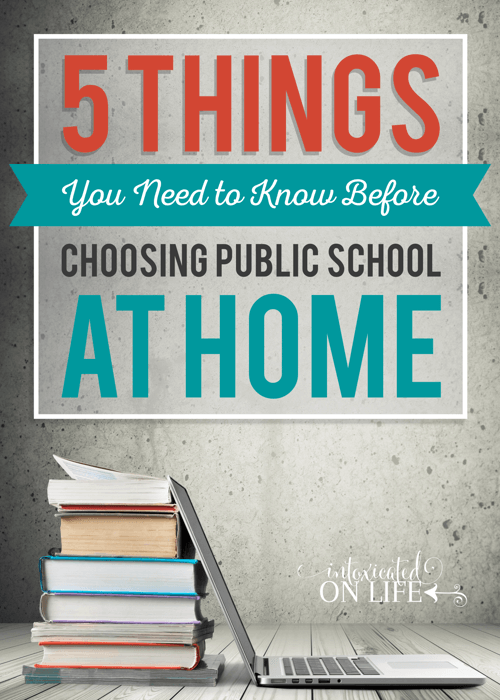
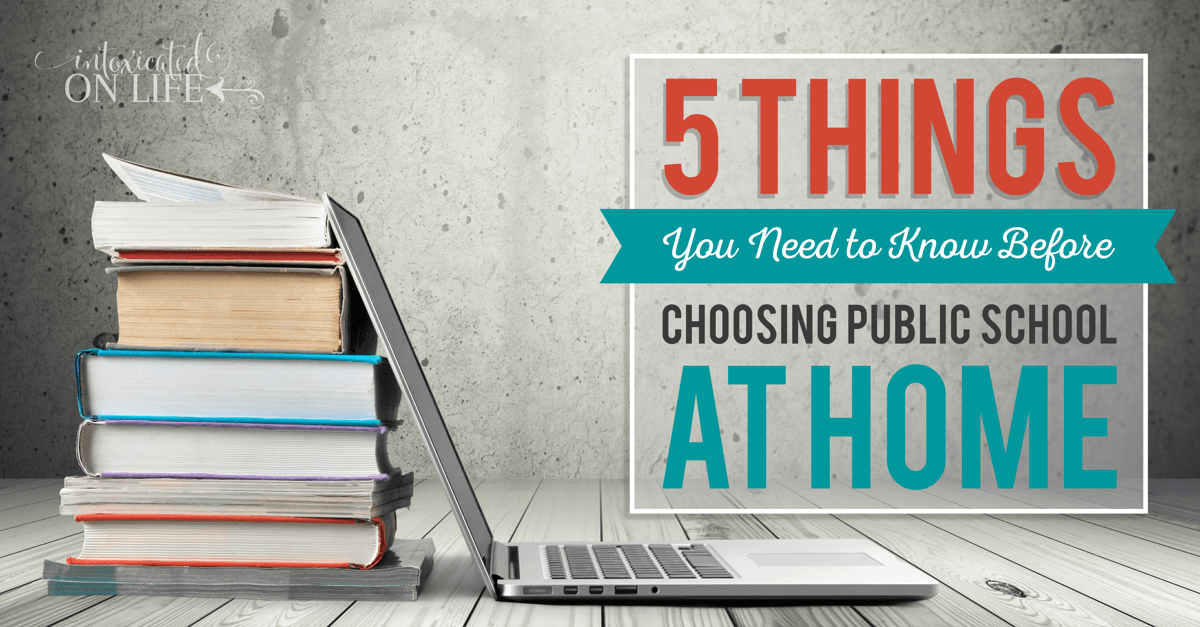
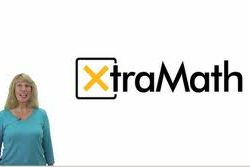



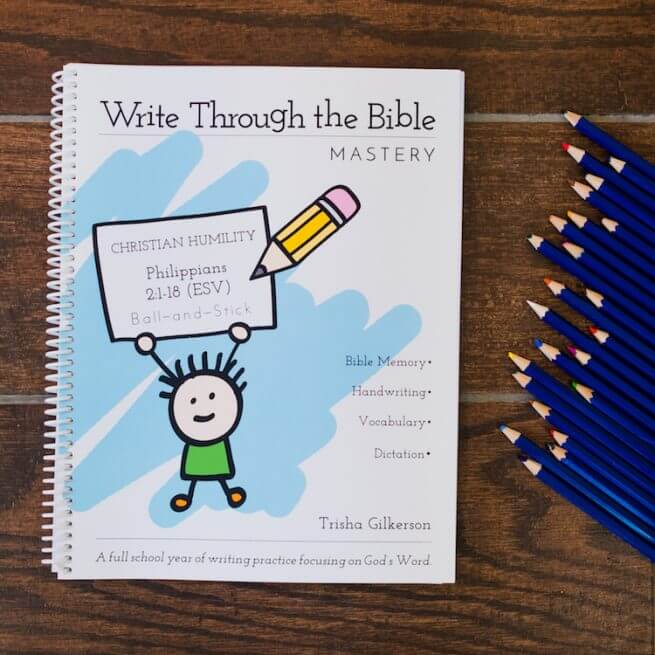
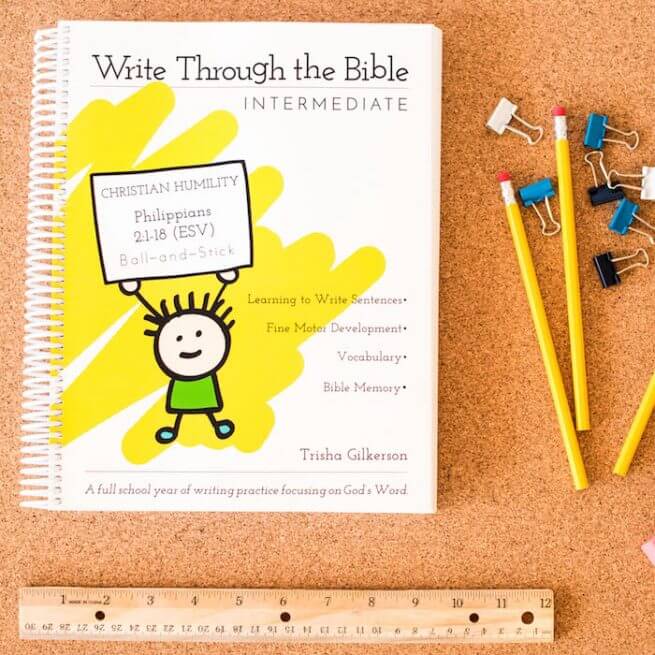
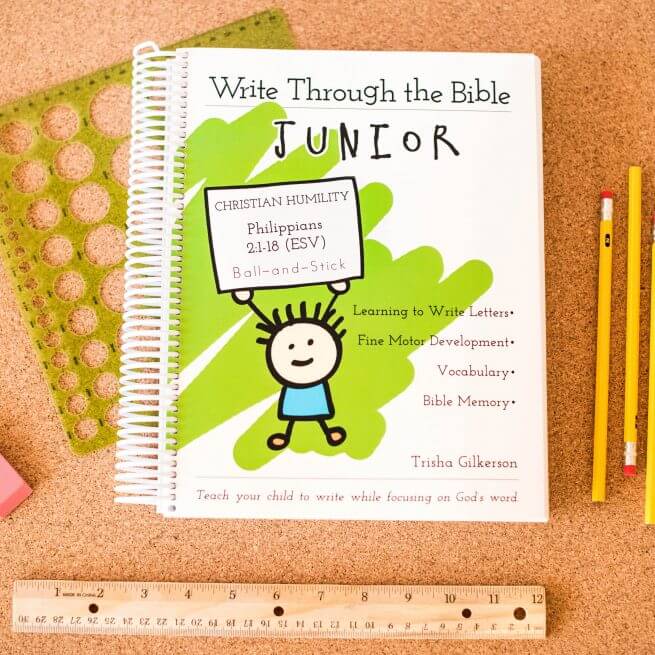


My son is in Connections Academy. He is in the 7th grade and this was his first year of home schooling. I love Connections Accademy because the teachers really work with the students and are understanding. They do have a set schedule everyday which can be frustrating if the students fall behind. The good thing is that if the get all the work complete before the end of the semester then they aren’t penalized. The teachers also allow the students to do corrections, rework and things of that sort so it is almost impossible for them to fail! I haven’t tried any other programs so I can’t compare Connections Academy to any others.
We tried K12 the last half year of school this year. I was pretty desperate after having to take them out of the charter school that they had only started the previous fall (that’s another story) at Christmas break. It worked okay for us. My daughters, middleschoolers, were pretty much able to do it all on their own. My son, in elementary needed more hands on, he isnt very self-motivated.
I liked that we could do it in the hours that worked for us and that someone else was doing the lesson planning. I also liked being able to send them to a teacher for questions.
I was frustrated by the attendance stipulations. My kids would sometimes need to get ahead, because of doctor visits coming up, but then we would get an email saying they missed class, even though they were caught up with their pacing guides. They had to make sure they logged in their classes on weekdays. I also didn’t care for how they focused so much on state testing.
They did provide one free computer for us to borrow. If we hadn’t had additional computers for them to use, I think they would have struggled getting things done each day, because they were all using the computers quite a bit. I did appreciate the interaction I had with the teachers and they were pretty accessible. The online class times were a good connecting time too.
We just left the free public cyberschool, for all the reasons you just mentioned. The teachers were great and really tried to connect with the kids. The scheduling was a huge issue for us. When we homeschooled traditionally I really liked that we could follow our own schedule. You just can’t do that in cyber. I also did not enjoy having to “answer” to someone else who really didn’t know my children or our family.
The secular curriculum issue surprised me. I went into it thinking it wouldn’t be a big deal, I could supplement. Right. By the time they finished all the work assigned I was lucky to get some Bible in. It was a huge loss not having God’s word woven into everything, but it was sneaky. I didn’t realize how much we were missing day to day, but looking back over the year I can see how much we left God out of our schooling.
We do k12 through our school district and love it! We have control over our schedule and it allows me to work closely with teacher for my sons best interest! They are very open to individual needs!
Thanks for sharing on Let’s Get Real Friday Party. #LetGetRealSocial. I am planning for my last year of homeschooling. When I was starting was when K12 just was getting going. I had looked at it then, but I really wanted the flexibility as well as being able to have my faith woven through what we did. Yes it was more expensive, but if you have more than one child, you can reuse much of it. Right now I am going through all my educational materials and getting them read to sell at our local homeschool group book sale. That is another way to recoup costs. I think in the end you do what you feel is best for your family after evaluating and prayer.
These are all very good to know! When you choose to use public school, you are at their mercy with so many things! Thanks for sharing!
We tried K12 here in Georgia for about 2 months earlier this year (5th grade). It was a nightmare. The first problem was the incompetence of the whole “school.” The first day we were all excited to start, and there was nothing there to do. They had not put my son in the system yet. They told us to just be sure to mark him present every day and they would try to have things ready by the next week. (I could share several other major examples of incompetence.) When we did get started, things just got worse. There was so much work that they expected him to do, it was impossible. Plus, I was supposed to do it with him and mark that it was done instead of the teacher grading his work. Even writing assignments, I graded and marked complete. His teacher never saw them. Better writing instruction was one reason we wanted him to do the online school in the first place. I spent much more time doing his assignments with him on the online school than I did with regular homeschooling, so I greatly neglected my other children who were not doing the online school. I felt like i had no choice, since we had to stay on the schedule the school had given us. When I talked to the teacher (who was very nice) about not having time to finish, she suggested that maybe we were “putting too much into it”. My son and I were sooooo frustrated and miserable. Finally, my husband relented and let us go back to regular homeschooling. The big benefit of it all was that, when we got back to our old curriculum, my son was extremely thankful for what he had once complained about.
Thank you for sharing your experience! I think one thing I’ve learned as listening to others who have used the “Public school at home” model, is that there are vastly different experiences depending on the school you’re using!
We have really been blessed with the program here in OK, which doesn’t have those catches 🙂 We use EPIC Online Charter Schools One on One program, and love it! They do have a teacher, but you only have to have contact with your teacher every three weeks if you want, so the parents are definitely doing the teaching. We happen to love our teacher, and requested that she come every week to do an hour lesson with the kids. She spends a little one on one time with each of them, which I have a hard time doing with a toddler and baby, then plays a game with both of them together. We also get to pick our own curriculum. Each child gets their own ‘learning fund’ to pay for curriculum with, and after you’ve bought curriculum you can use the extras for supplies or classes. It is NOT faith based, if you want to buy faith curriculum you can, you just have to use your own money – but then you could still use your learning fund for classes and supplies, or the parts of your curriculum that are secular (which is what we have done). We also control our own schedule. That would have been a deal breaker for us, more than any of the other things!!! They do have to have all their computer work done by the end of each semester, but not on any specified time frame. And book work you do at your own pace, as long as you are making progress and covering state standards for your grade. And there’s no ‘checking in’ for school days or absences or anything like that. You just homeschool them like you normally would 🙂 They DO have to take standardized tests, but they try to keep it at a minimum, and this was not an issue for our family anyway, since our kids like tests (we have strange kids). The state mandated tests are in 3rd, 5th, and 8th grade. Everyone else takes a ‘progress’ test three times a year, that measures whether they are learning anything new based on the score they make at the beginning of the year. Basically they want each kid to score gradually higher each time they take it, and they have a goal for the end of the year based on their original score. It’s an adaptive test, so it follows their lead with the questions, based on how they answer.
Anyway, we have felt VERY blessed with this option, if we lived somewhere else we definitely would have just forked over the money to do traditional homeschooling.